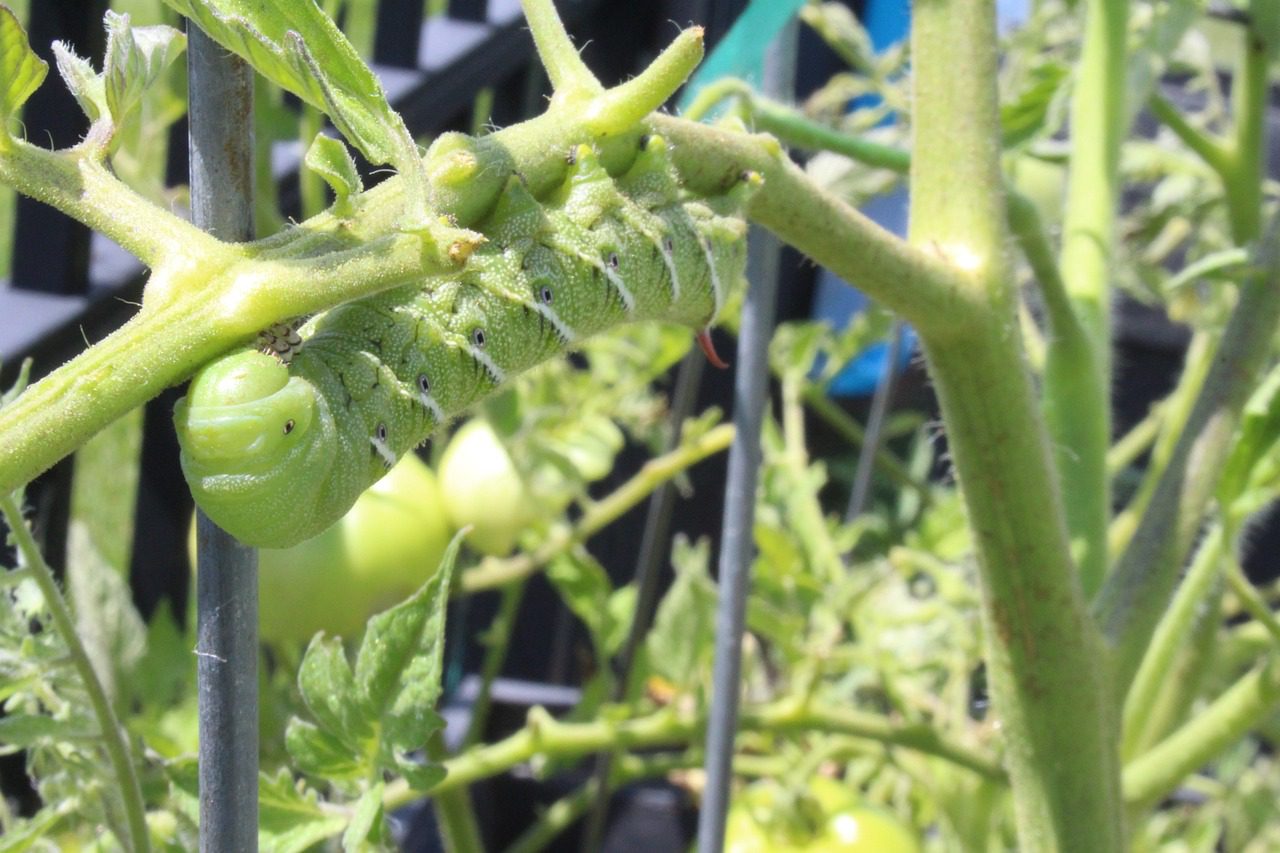See the IPM practices that you could utilize to control pest problems that are affecting your agricultural crops.
Integrated Pest Management (IPM) is “a combination of all practices and methods needed to control pest problems,” according to a UF/IFAS blog post. We shared the five steps in a successful IPM Management in a prior blog from the UF/IFAS post, and now we’re sharing those IPM practices you can use as the last of those five steps. See them below.
IPM Practices to Control Pests
These IPM practices are from the UF/IFAS blog as the last in the five steps to a successful Integrated Pest Management program:
“Cultural control – This method consists of proper selection (the right plant in the right place) and proper maintenance (mowing, pruning, fertilization, irrigation, and sanitation). Healthy plants withstand better pest problems so best management practices are important to avoid pest possible pest damage.
Biological control – This method involves the use of natural enemies to control the pest. These natural enemies can be introduced into the farm and landscape or can be naturally occurring in Florida. An example of biological control are ladybugs, parasitic wasps, bigeyed bugs, minute pirate bugs, lacewings, and many others. See more in a subsequent blog!
Mechanical and physical control – This method includes the use of machines, tools, or physical labor to reduce pests. The use of tractors and tilling machines, plowing a field, barriers, traps, and physically removing a pest are examples of mechanical control.
Genetic control – This method consists of utilizing genetically superior plants that are more resistant to pest damage. Most of these plants are obtained by selective breeding. Root-knot nematode-resistant plants are an example of a preventive control method. Another example is citrus greening resistance oranges. These cultivars are not necessarily immune to diseases but will tolerate better the diseases presenting less damage.
Chemical control – This method involves the use of pesticides to control the pest. Sometimes the use of pesticides is the most effective method for pest control but whenever using pesticides you must take into consideration the possibility of human exposure and environmental risk. Therefore, when using pesticides always follow label instructions, only use them when needed, be aware of your surroundings, and avoid pesticide resistance by rotating the mode of action constantly.”
Griffin Fertilizer is committed to helping both growers and ranchers make sound agronomic and economic decisions in order to maximize the health of their grove and pasture. As a full-service custom dry & liquid fertilizer blender and crop protection product distributor, we will continue our mission to further advance Florida agriculture. For questions -or concerns about your farm or pasture, contact us and one of our team will be in touch.

